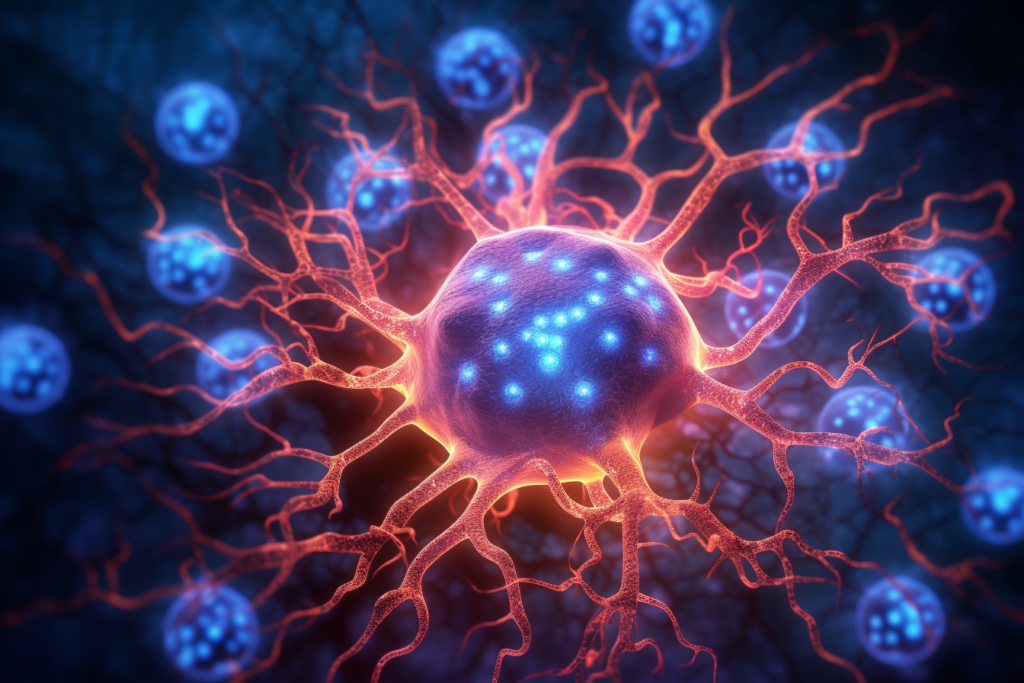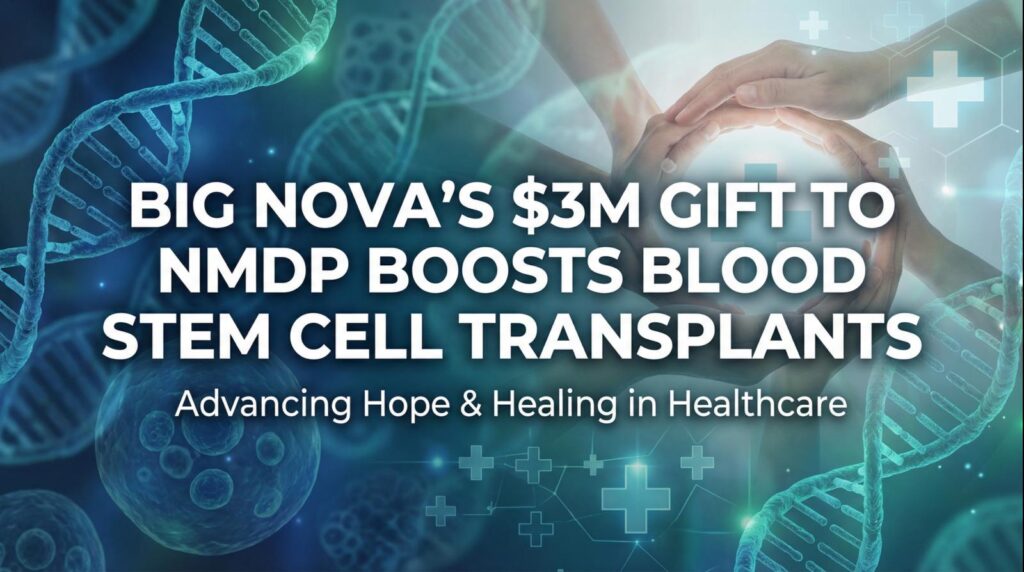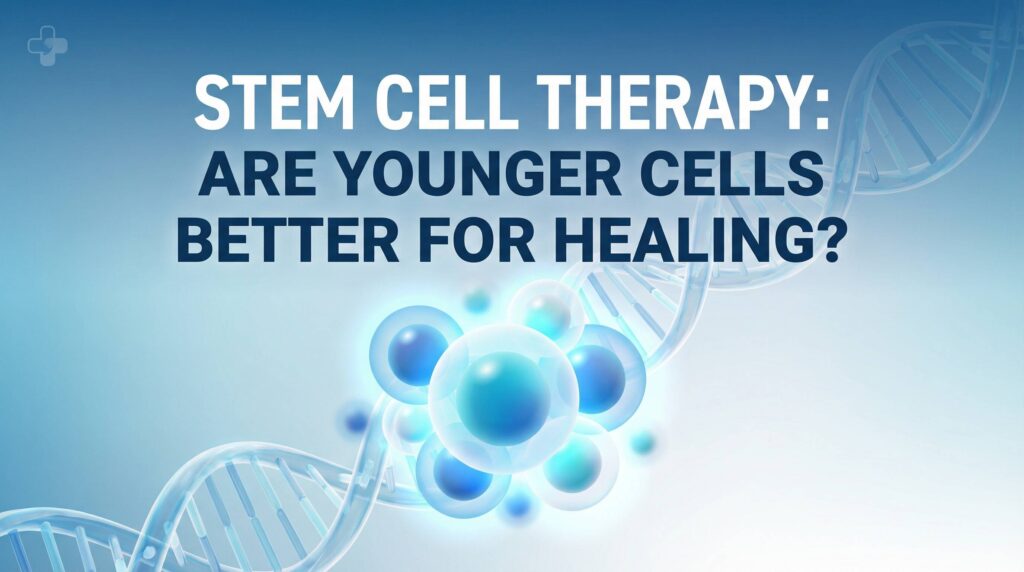The Therapeutic Potential of Neural Stem Cells
Imagine a construction site. The workers there are like cells in our body, each with a specific job to do. But among them, there are a few who are like the site managers, capable of taking on any role as needed. These are the stem cells, the body’s master cells, with the ability to develop into many different cell types. Now, imagine if we had a special type of these ‘site managers’ who could specifically become any type of cell in the nervous system. These are our neural stem cells, and they hold immense therapeutic potential, especially when it comes to treating diseases of the nervous system.
In the vast universe of stem cells, neural stem cells are like the stars that have captured our attention. They are a specialized subset of stem cells with the potential to become neurons, astrocytes, or oligodendrocytes – the key players in our nervous system. This unique ability makes them a beacon of hope in the field of regenerative medicine, particularly for conditions that currently have limited treatment options.
In this article, we will explore the therapeutic potential of neural stem cells, delving into their unique characteristics, how they can be harvested and cultivated, and the role they could play in treating various nervous system diseases. We will also look at some real-life case studies and discuss the future of neural stem cell therapies.
So, buckle up and join us on this exciting journey as we unravel the mysteries of neural stem cells and their therapeutic potential. Whether you’re a patient, a caregiver, a medical professional, or simply someone interested in the latest advances in stem cell research, we hope this article will provide you with valuable insights.
Understanding Neural Stem Cells
Think of neural stem cells as the chameleons of the cellular world. Just like a chameleon can change its color to adapt to its environment, neural stem cells can transform into different types of cells as required. They can become neurons, the brain’s message carriers; astrocytes, the brain’s support system; or oligodendrocytes, the brain’s insulation experts. This process of transformation is known as neurogenesis, and it’s a bit like a stem cell’s version of a wardrobe change.
Now, you might be wondering where these neural stem cells hang out. Well, they’re not partying in every corner of the brain. Instead, they prefer specific neighborhoods, known as niches. In adults, these niches are primarily located in two areas: the subventricular zone and the hippocampus. It’s like their exclusive clubs where they chill out and, when needed, spring into action to repair damage or maintain normal brain functions.

But what makes neural stem cells so special? Why not just use any old stem cell? Well, it’s because neural stem cells are already partway down the path to becoming a neural cell. It’s like they’ve already chosen their major in college and are now just deciding on their specific career path. This makes them particularly useful when we need to repair or replace cells in the nervous system.
In the next section, we’ll delve into how these unique cells can be used to combat various nervous system diseases. So, stay tuned as we continue to explore the therapeutic potential of neural stem cells.
Neural Stem Cells and Disease
Imagine your brain as a bustling city, with neurons as the citizens going about their daily tasks. Now, imagine a disaster strikes this city – a disease like Alzheimer’s, Parkinson’s, or Multiple Sclerosis. The citizens are affected, and the city needs help to recover. This is where neural stem cells come in, acting like a special task force ready to step in and help rebuild.
Neural stem cells hold the potential to treat a variety of nervous system diseases. Let’s take Alzheimer’s disease as an example. In this condition, certain neurons in the brain start to die off, leading to memory loss and cognitive decline. But what if we could replace these lost neurons? That’s where neural stem cells come in. They can potentially be coaxed to become new neurons, filling in for those that have been lost.
Or consider spinal cord injuries, where damage can lead to loss of function below the site of injury. Transplanted neural stem cells might be able to form new neural connections, bridging the gap and restoring some function.
But it’s not just about replacing lost cells. Neural stem cells might also be able to protect existing cells from damage. They can secrete substances that support survival and growth of neurons, a bit like a gardener providing water and fertilizer to help plants thrive.
However, it’s important to note that while the potential of neural stem cells is immense, we are still in the early stages of understanding how to harness their power effectively and safely. The road to developing successful treatments is a long one, filled with rigorous testing and clinical trials.
In the next section, we’ll look at how we obtain these neural stem cells and how they are cultivated for therapeutic use. So, stick with us as we continue to unravel the therapeutic potential of neural stem cells.
Harvesting and Cultivating Neural Stem Cells
Imagine you’re a farmer, and neural stem cells are a particularly valuable crop. You’d need to know where to find the seeds, how to plant them, and how to care for them as they grow. That’s essentially what scientists are doing when they harvest and cultivate neural stem cells.
Neural stem cells can be harvested from various sources. One source is the human brain, but as you can imagine, obtaining cells this way is quite invasive and not typically done. More commonly, scientists turn to other types of stem cells and coax them into becoming neural stem cells. For instance, human embryonic stem cells, which are like blank slates, can be guided to become neural stem cells. Similarly, adult neural stem cells can be harvested from other tissues, like the bone marrow, where they exist as a type of cell called mesenchymal stem cells.
Once the neural stem cells are harvested, they need to be cultivated in the lab. This is a bit like tending to a garden. The cells are placed in a special solution that provides them with the nutrients they need to grow and divide. Scientists also add specific signals to the solution to guide the cells to become neurons, astrocytes, or oligodendrocytes.
However, this process is not without its challenges. One of the main hurdles is ensuring the purity of the neural stem cells. Just like a gardener needs to weed out unwanted plants, scientists need to remove any cells that haven’t correctly transformed into neural stem cells.
There are also ethical considerations to take into account, particularly when it comes to using human embryonic stem cells. These cells are typically derived from unused embryos from IVF clinics, but the use of these embryos for research purposes is a topic of ongoing debate.
In the next section, we’ll take a closer look at some real-life case studies where neural stem cell therapies have been used. So, stay with us as we continue to explore the therapeutic potential of neural stem cells.
Case Studies
Real-world examples provide us with invaluable insights into the potential and challenges of neural stem cell therapies. Let’s take a closer look at some of these case studies.
Case Study 1: Parkinson’s Disease
In the world of neurodegenerative diseases, Parkinson’s disease is a formidable opponent. It’s like a thief in the night, slowly stealing away the brain’s ability to produce dopamine, a crucial neurotransmitter. But what if we could fight back? A study titled “Human neural stem cell-derived extracellular vesicles protect against Parkinson’s disease pathologies” by E. Lee et al., explored this possibility. They found that extracellular vesicles derived from human neural stem cells could potentially protect against the pathologies of Parkinson’s disease. These vesicles seemed to reduce oxidative stress and inflammation, acting like a protective shield for the brain’s neurons.
Case Study 2: Alzheimer’s Disease
Alzheimer’s disease is another formidable adversary, causing memory loss and cognitive decline. But hope is on the horizon. A study titled “The therapeutic prospects and challenges of human neural stem cells for the treatment of Alzheimer’s Disease” by Chunmei Yue et al., delved into the potential of neural stem cells for treating this disease. The researchers suggested that neural stem cells could potentially replace lost neurons and repair the damaged synaptic networks in the Alzheimer’s disease brain.
Case Study 3: Post-Transplant Complications
Transplantation procedures, such as hematopoietic stem cell transplantation, can sometimes lead to complications like interstitial lung disease. A study titled “Interstitial lung disease with anti-melanoma differentiation-associated gene 5 antibody after allogeneic hematopoietic stem cell transplantation” by M. Tamaki et al., highlighted a case where a patient developed interstitial lung disease after transplantation. The study suggested that neural stem cells could potentially play a role in managing such post-transplant complications.
These case studies underscore the potential of neural stem cell therapies. However, they also highlight the challenges we face in ensuring these therapies are not only effective but also safe in the long term. As we continue to explore the therapeutic potential of neural stem cells, these real-world examples provide invaluable insights.
The Future of Neural Stem Cell Therapies

As we stand on the brink of a new era in medicine, it’s exciting to imagine what the future might hold for neural stem cell therapies. Picture a world where we can repair damaged brains, restore lost functions, and offer hope to those living with debilitating nervous system diseases. That’s the promise of neural stem cell therapies.
However, like any journey into uncharted territory, there are challenges to overcome. One of the key hurdles is ensuring the safety of these therapies. While neural stem cells hold immense potential, we need to be sure that they won’t cause unintended side effects, such as the formation of tumors. It’s a bit like introducing a new species into an ecosystem – we need to be sure it won’t upset the balance.
Another challenge is the ethical considerations surrounding the use of certain types of stem cells, particularly human embryonic stem cells. It’s a complex issue with diverse viewpoints, and it’s crucial that we navigate it with respect and sensitivity.
There’s also the question of accessibility. Once these therapies are developed, we need to ensure they’re available to all who need them, not just those who can afford them. It’s like building a bridge – it’s not enough to construct it, we need to make sure everyone can cross it.
Despite these challenges, the future of neural stem cell therapies looks bright. With continued research and development, we’re confident that we can unlock the full therapeutic potential of neural stem cells. It’s a journey we’re excited to be a part of, and we look forward to sharing the discoveries and advancements along the way.
In the next section, we’ll wrap up our exploration of the therapeutic potential of neural stem cells. So, stay with us as we conclude this fascinating journey.
FAQ
Q: What are neural stem cells?
A: Neural stem cells are a type of stem cell that can differentiate into various types of cells in the nervous system, including neurons, astrocytes, and oligodendrocytes.
Q: What is the therapeutic potential of neural stem cells?
A: Neural stem cells have the potential to regenerate damaged or diseased neural tissue, and may potentially be used to treat conditions such as spinal cord injury, Parkinson’s disease, and multiple sclerosis.
Q: What is neural stem cell transplantation?
A: Neural stem cell transplantation is the process of transplanting neural stem cells or neural progenitor cells into the central nervous system (CNS) to replace damaged or defective neural tissue.
Q: What are the different types of neural stem cell transplantation?
A: There are several types of neural stem cell transplantation, including transplantation of neural progenitors, transplantation of human neural stem cells, and transplantation of differentiated cells derived from pluripotent stem cells.
Q: What are the potential benefits of neural stem cell transplantation?
A: Neural stem cell transplantation may promote neural tissue regeneration, protect the central nervous system from damage, and promote functional recovery in individuals with neurodegenerative diseases or spinal cord injuries.
Q: What are some of the challenges associated with neural stem cell transplantation?
A: Challenges include ensuring survival and integration of transplanted cells, controlling immune responses to transplanted cells, and regulating the differentiation of transplanted cells to ensure they become the correct cell type.
Q: Can neural stem cells migrate to the site of injury?
A: Yes, neural stem cells display the ability to migrate to the site of injury in the CNS and may be able to repair damaged neural tissue.
Q: What is the difference between neural stem cells and progenitor cells?
A: Neural stem cells have the capacity to self-renew and can differentiate into multiple cell types within the nervous system. Neural progenitor cells are more restricted in their differentiation potential and give rise to a limited number of cell types.
Q: What is the evidence for the therapeutic potential of neural stem cell transplantation?
A: Preclinical studies have shown that transplantation of neural stem cells can promote neural tissue repair and functional recovery in animal models. Early clinical trials in humans have also shown promise for the use of neural stem cells to treat neurodegenerative diseases and spinal cord injuries.
Q: What are some of the important stem cell regulators released during neural stem cell transplantation?
A: Important stem cell regulators released during neural stem cell transplantation include growth factors, cytokines, and chemokines, which promote cell survival, proliferation, and differentiation.
Conclusion
As we conclude our exploration of the therapeutic potential of neural stem cells, it’s clear that we’re standing on the precipice of a new frontier in medicine. Like explorers charting a new course, we’re uncovering the potential of these remarkable cells to treat a range of nervous system diseases.
From Parkinson’s to Alzheimer’s, from spinal cord injuries to post-transplant complications, neural stem cells offer a beacon of hope. They’re like a team of skilled architects and builders, ready to repair and rebuild the damaged structures within our nervous system.
But as with any journey into the unknown, there are challenges to overcome. Ensuring the safety and efficacy of these therapies, navigating ethical considerations, and ensuring accessibility for all – these are hurdles we must clear as we move forward.
Yet, despite these challenges, the potential of neural stem cells is undeniable. With each new study, each successful case, we’re one step closer to unlocking their full therapeutic potential. It’s a journey filled with promise and potential, and we’re excited to see where it leads.
So, whether you’re a patient, a caregiver, a medical professional, or simply someone interested in the latest advances in stem cell research, we hope this exploration of the therapeutic potential of neural stem cells has been enlightening. As we continue to chart this new frontier, we look forward to sharing more discoveries and advancements with you.
In the world of medicine, the future is bright, and neural stem cells are one of the shining stars guiding the way.



